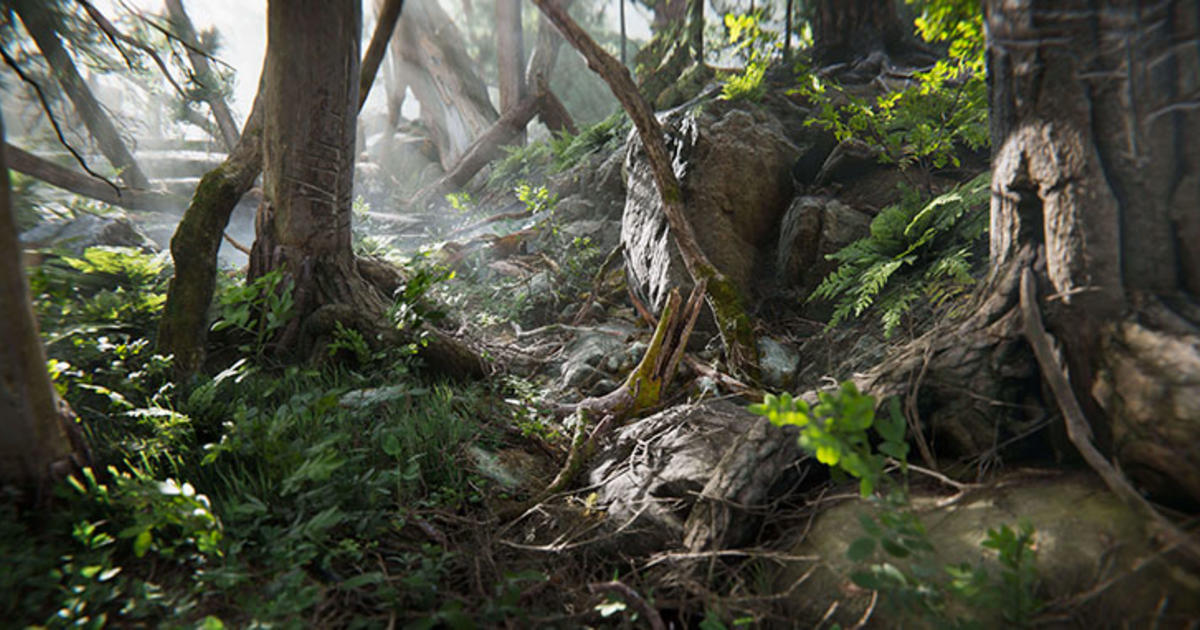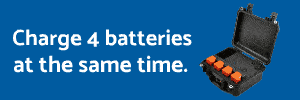Hello Everyone,
Here is some small tips to make photogrammetry with your Evo drones.
Most of us enjoy using our drones with automated missions with 3rd party apps (if you use other brand drones) or use the Mission area in the Explorer app. I have found that if you perform the mission manually, you can achieve better results in your photogrammetry.
Here is the one I did yesterday for a refurbishing project I will be doing in the next few months.

For best results, I recommend that you make a zig zag pattern above the building and after you have finished doing so, do another zig zag pattern, but in the other direction. For clarification, do the zig zag from north to south, then from east to west. Once you have completed this pattern, do a low fly by taking photos around the sides of the building. Remember to keep a bit of distance, so the building doesn't block satellites, thus making the photos lose their location.

***** IMPORTANT *******
Always try to keep a 70% overlap or better for best results. I did not follow this rule in the low photos and I lost a bit of resolution in the end results.

For processing, I have found that Agisoft Metashape has been the easiest for me to process these projects locally.
If you have any questions, please do not hesitate to ask in the posts below.
Here is some small tips to make photogrammetry with your Evo drones.
Most of us enjoy using our drones with automated missions with 3rd party apps (if you use other brand drones) or use the Mission area in the Explorer app. I have found that if you perform the mission manually, you can achieve better results in your photogrammetry.
Here is the one I did yesterday for a refurbishing project I will be doing in the next few months.
For best results, I recommend that you make a zig zag pattern above the building and after you have finished doing so, do another zig zag pattern, but in the other direction. For clarification, do the zig zag from north to south, then from east to west. Once you have completed this pattern, do a low fly by taking photos around the sides of the building. Remember to keep a bit of distance, so the building doesn't block satellites, thus making the photos lose their location.
***** IMPORTANT *******
Always try to keep a 70% overlap or better for best results. I did not follow this rule in the low photos and I lost a bit of resolution in the end results.
For processing, I have found that Agisoft Metashape has been the easiest for me to process these projects locally.
If you have any questions, please do not hesitate to ask in the posts below.






